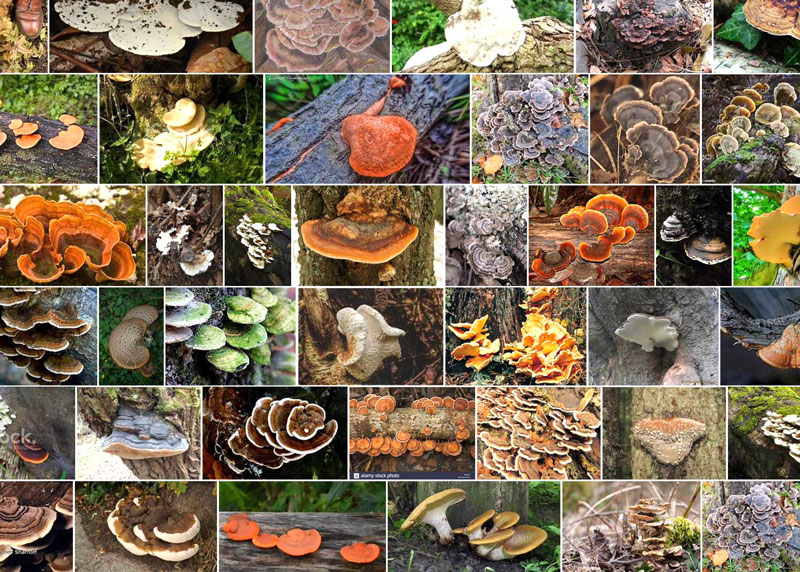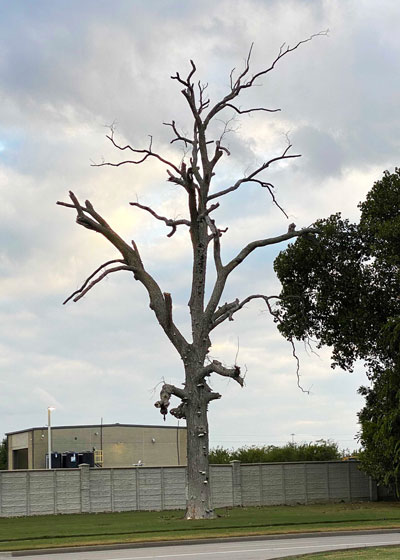A serious group of funguses
I’ve always been fascinated by the many colorful types of bracket funguses (“fungi” if you prefer). But through my career I’ve found how indicative they are of trees that are in final and fatal distress.

For the most part, these are the fruiting structures of various species of the genus Ganoderma. They exist off dead and decaying organic matter within the limbs, trunks and roots of large trees.
If the host tree isn’t dead when they first appear, it soon will be. In the meantime, interior wood of the trunk will be rotting and the tree will become ultra-susceptible to being blown over by wind or falling from the weight of ice or snow.
From a standpoint of life cycles of nature, these Ganoderma funguses perform a valuable function in that they help break down the woody fibers of tree trunks so that nutrients can be returned to the soil for use by other plants.
However, to the homeowner or forester who wants the tree to succeed, the appearance of these funguses is not good news. There is no cure for them, and all that can be done is to remove the infected tree as quickly as possible. Grind out the stump and roots in the process.

In a real-life setting, this large pecan died several years ago. A Ganoderma fungus had invaded it from top to bottom. It was alongside a busy street, and should it have fallen, it could have posed a serious risk to cars passing by. And that fence was likely to have been crushed as well. Once the proper people were put on alert, the tree was safely taken down within 48 hours. Should you encounter Ganoderma funguses, you will probably need to follow that lead.
